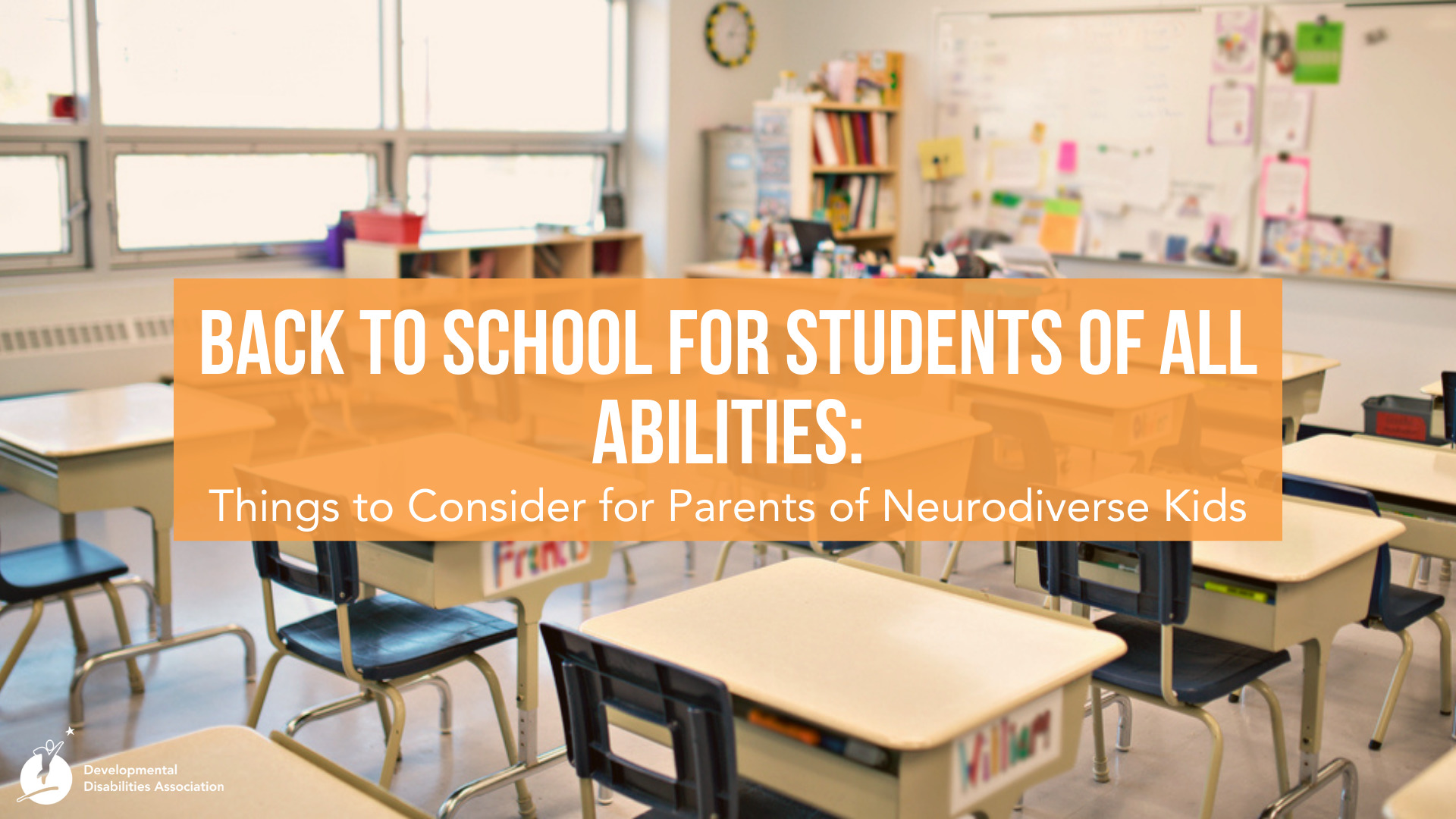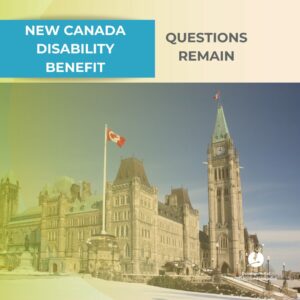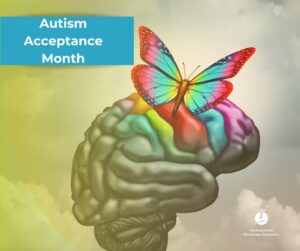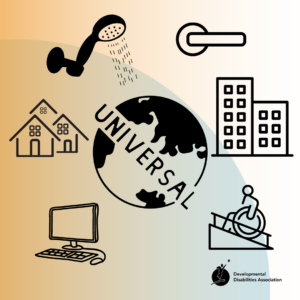Even though it never truly felt like 2020 ended, we are nearing the start of the 2021-2022 school year. And while all schooling will continue to be in-person this September, the challenges that arose from COVID-19 are undoubtedly still present. Especially for children with disabilities and their parents, September can bring a variety of intersecting obstacles, some old and some new. Here’s an updated guide to supporting your child in their return to school this fall.
PLANS FROM THE PROVINCE
As B.C. anticipates a full return to in-person school, we will see the return of old rules as well as the introduction of new ones. Here’s a brief recap of some key ones. Go here to learn more.
- Daily Health Check App:
With no more learning groups in the fall, B.C. has introduced a daily health check app that helps you assess and decide if your child should be staying home based on symptoms.
Download the App:
For Apple Devices
For Android devices
To access via browser: https://www.k12dailycheck.gov.bc.ca/healthcheck?execution=e2s1
- Homeschooling/Online Options:
If you’re unsure about the full return plan, homeschooling and online learning program options remain open even though there won’t be substitutes for in-person instruction.
Information regarding online learning
Information regarding homeschooling
For information about homebound education, contact your school.
-
Masks:
All students from grades 4-12 and all staff will be required to wear a non-medical mask in all indoor areas. Students in Kindergarten to Grade 3 will continue to have the choice of wearing a mask or not. Exceptions will be made for those who can’t wear a mask due to medical conditions, certain educational activities that can’t be performed with them, or providing services for students with disabilities that require facial/visual cues.
-
Supports for students with disabilities or diverse abilities:
Students with disabilities or diverse abilities will receive the same support and resources that they did pre-pandemic. Students who require additional support will be identified with a needs assessment, a process that will ensure learning plans continue to align with goals identified in a student’s individualized education plan (IEP).
BACK TO SCHOOL TIPS
If your child struggles with wearing masks:
- Get a mask with their favorite color, character, sports team, etc.
- Find a mask that’s comfortable for them (e.g., consider face masks that tie around the hear, mask extenders, using headbands with buttons that attaches to the mask)
- Prepare them by:
- Explaining why it’s important to wear a mask in a positive way
- Model and see how they react
- Use visuals and stories to demonstrate how others are wearing masks
- Take it step by step (e.g., have them touch the mask, feel the mask on their face, wear it for short periods of time, practice for a bit longer)
- Take breaks, set rules, give rewards
Relieve anxieties about returning to school:
- Discuss expectations for the new year and successes from the previous year
- Visit the school to learn where classes are, walk the daily routine and discuss transition periods (e.g., between periods, lunch breaks, to/from home)
- Try to meet teachers and administrators ahead of time
- Talk with them often about school (e.g., what a day will look, what’s going to happen, who they’re going to meet, etc.)
Stay organized:
- Organize IEP paperwork before school starts and keep them in sequential order
- Have a set place at home for doing homework or placing school stuff
- Keep a written log of communication with teachers and the school (teach your child to keep a lot too)
- Keep a calendar or agenda of events and activities that your child can see and touch
- Automate whatever you can (e.g., if you need to send a wellness form every morning, automate that email)
Some questions you can ask the school about their COVID policies:
- How is social distancing being maintained?
- Is there any sharing of school equipment?
- What are the cleaning and sanitizing procedures?
- What is the policy for using community spaces (e.g., playgrounds, gyms)
- Are staff working in multiple places and classrooms?
If you are feeling anxious:
- Try to avoid ‘what-if’ thinking and focus on what you can control
- Don’t expect perfection from yourself
- Reach out for help
- Stay in constant contact with others supporting your child to help you feel proactive and remind you that you’re not alone
If your child is feeling anxious:
- Be open with them; share what our plan is
- Practice hand-washing and mask-wearing
- Develop realistic expectations
- Check-in constantly in a proactive way, not a worrisome way
- Set daily routines
Stay safe and just do your best!



